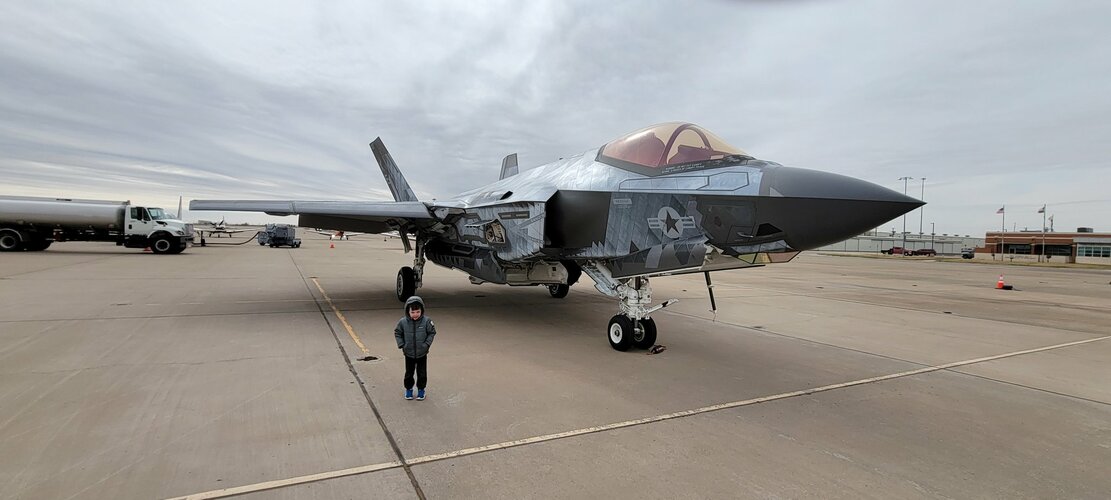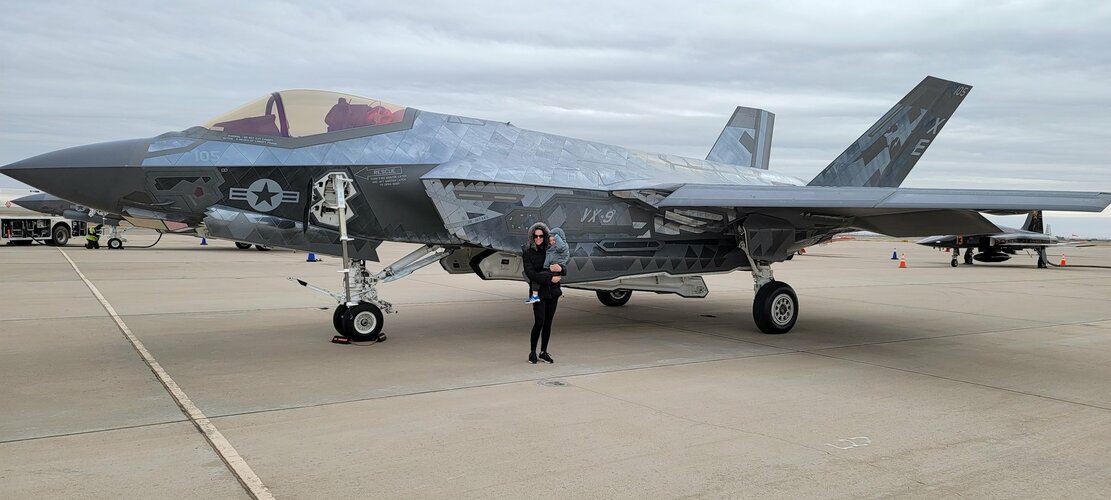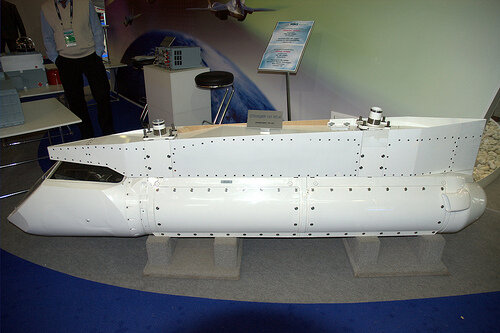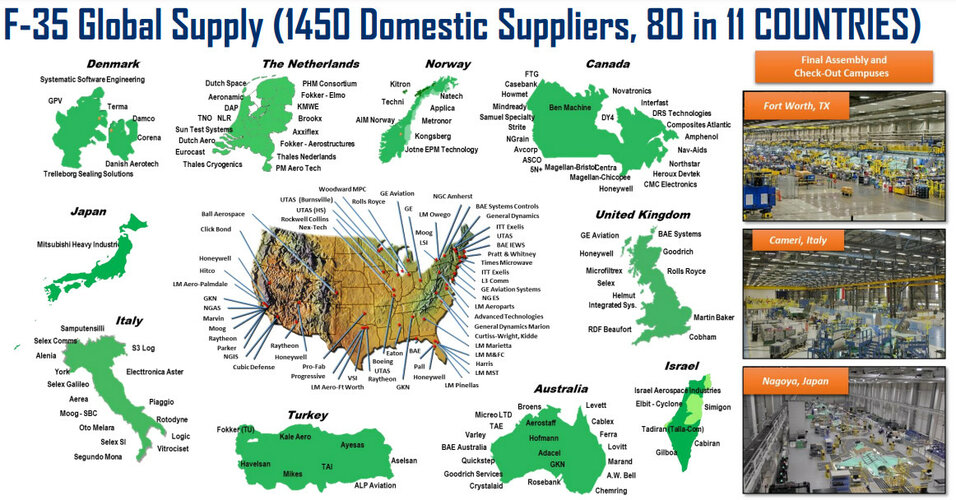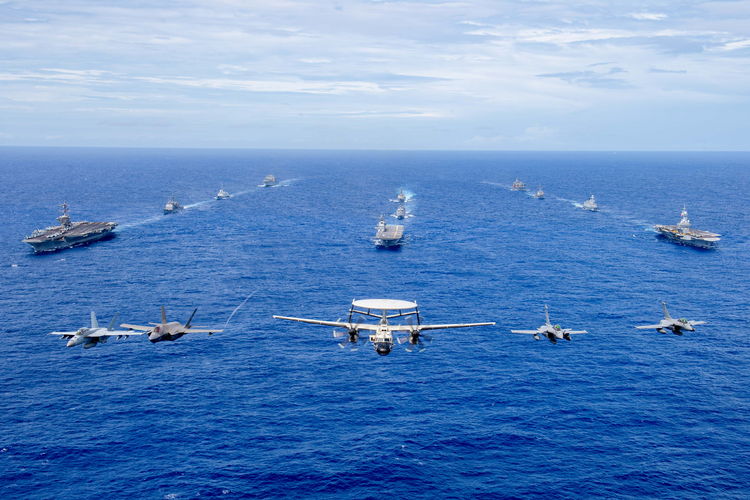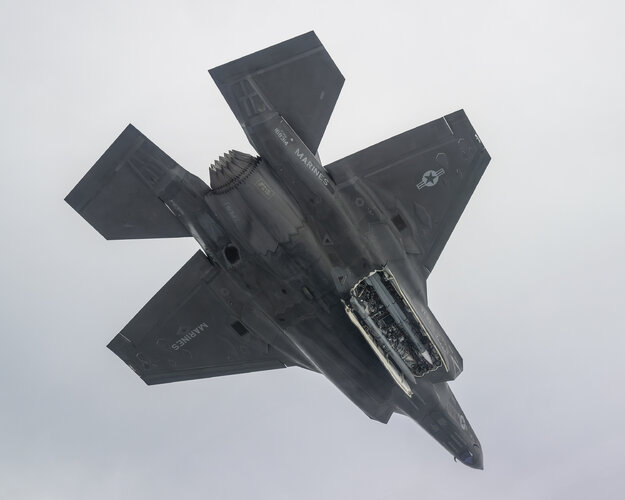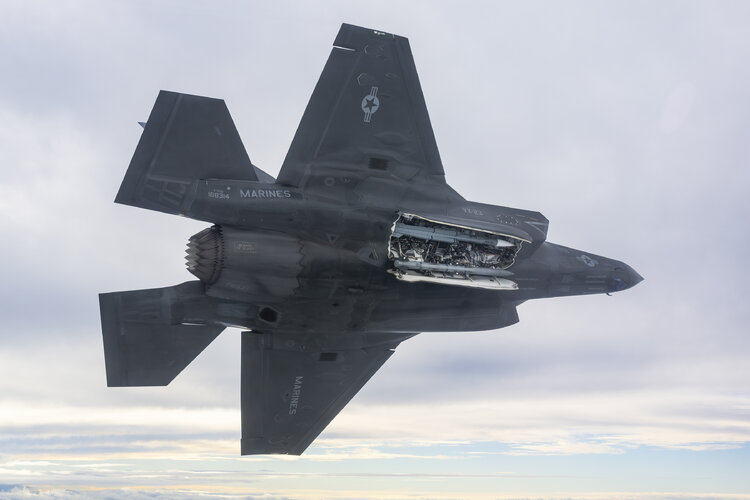In light of recent geopolitcal events, I'd like to ask you guys (who are certainly more knowledgeable than me) - how much truth is there to the rumor that the US can ground foreign F-35s with a press of a button? I know that ALIS/ODIN exists, and in order to do maintenance,the jet needs to phone home to the mothership. I also remember reading an article that in order to access the full capabilities of the jet, a mission plan and information about the battlespace needs to be uploaded, and that software is US-only, so if the US would withdraw support for that, the jet could only operate in a fairly reduced capability, but is there any basis to the rumors, that the jet 'phones home', uploading all information to US servers, and/or can be remotely disabled?
I mean other than the obvious way, of stopping to offer replacement parts/repairs, which affects every jet out there.

